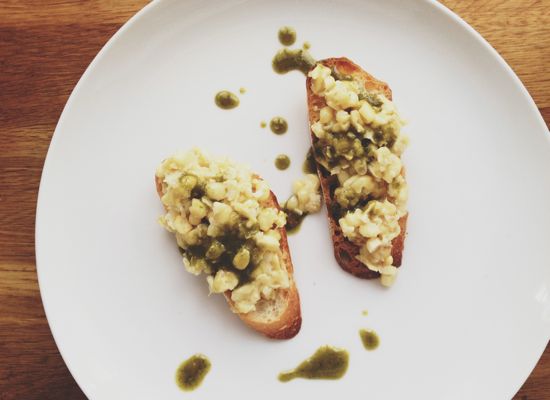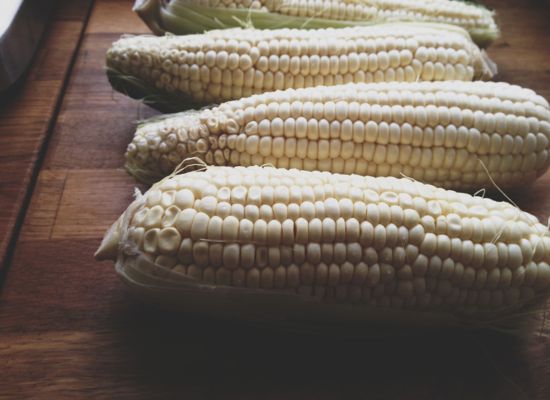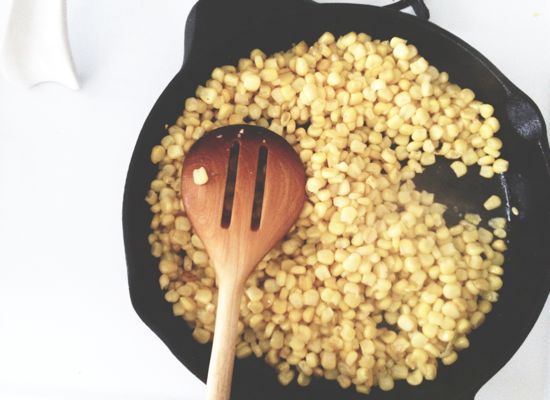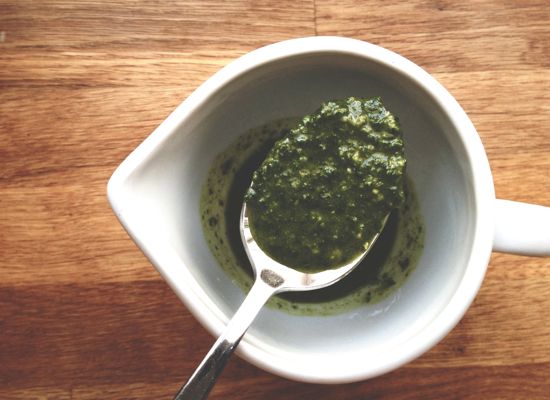
We're poised to wave goodbye to spring in favor of longer days, warm breezes and the satisfaction of summer. This is truly a poem for June, then, as it praises the labor, the farmer, the gathering, and the feasting of the coming season. (Also, thanks go to The Yellow House for posting this poem last month and providing some of the inspiration here today.)
To Be of Use
The people I love the best
jump into work head first
without dallying in the shallows
and swim off with sure strokes almost out of sight.
They seem to become natives of that element,
the black sleek heads of seals
bouncing like half submerged balls.
I love people who harness themselves, an ox to a heavy cart,
who pull like water buffalo, with massive patience,
who strain in the mud and the muck to move things forward,
who do what has to be done, again and again.
I want to be with people who submerge
in the task, who go into the fields to harvest
and work in a row and pass the bags along,
who stand in the line and haul in their places,
who are not parlor generals and field deserters
but move in a common rhythm
when the food must come in or the fire be put out.
The work of the world is common as mud.
Botched, it smears the hands, crumbles to dust.
But the thing worth doing well done
has a shape that satisfies, clean and evident.
Greek amphoras for wine or oil,
Hopi vases that held corn, are put in museums
but you know they were made to be used.
The pitcher cries for water to carry
and a person for work that is real.From Circles on the Water (1982), by Alfred A. Knopf
These lines made me think about food, the journey from farm to table, and those who grow our fruits and vegetables. But more than that—and this is why I love poetry—it moved me beyond the surface of the page, the elements and mud, into the true core of the poem found in the last stanza: "the thing worth doing well done."

This is what caught me like a baited hook. What is the thing, anyway? It's whatever we make it, whatever we care most about. That is the thing worth doing, and worth doing well enough that it becomes a physical shape "that satisfies, clean and evident." In the end, I believe our souls crave one thing, to truly be of use. It's what often provides the most satisfaction in all the facets of our life, knowing we were made for something and to feel that we're helpful.


All of you are passionate about food, and the "people I love best." I see it every day in your blog posts, your twitter feeds, and emails we exchange. I'm drawn to you for the same reasons I hope you're drawn to me, and I want to be near people, "who submerge in the task, who go into the fields to harvest and work in a row and pass the bags along," because it reminds me that I'm not in it alone.
Simply, I'm glad to be among you.
CHEESY CORN CROSTINI
1/2 a baguette, sliced
4 ears corn
About 2 tablespoons freshly grated Parmesan cheese
1 small bunch of basil
1 to 2 tablespoons pine nuts
Place the bread on a sheet pan and toast in a 400 degree oven until crisp, about 8-10 minutes. While the bread bakes, slice the kernels off the corn, then pour them into a hot sauté pan with a drizzle of olive oil. You want the heat relatively high so you get a nice charred flavor and color on the kernels. Season with salt, and when they're sufficiently golden brown and sweet, turn off the heat, then pour all the corn into a food processor. Add the Parmesan, a touch of oil, and pulse until the cheese is incorporated but some of the kernels are still visible. You want a relatively chunky texture instead of a super-smooth puree. Season with salt.
Clean out the processor bowl and add the basil, pine nuts, and process. Drizzle in just enough olive oil until the pesto is smooth enough to drizzle from a spoon.
To prepare each crostini, spread a spoonful of corn onto each slice of bread, then drizzle with the pesto and serve.

